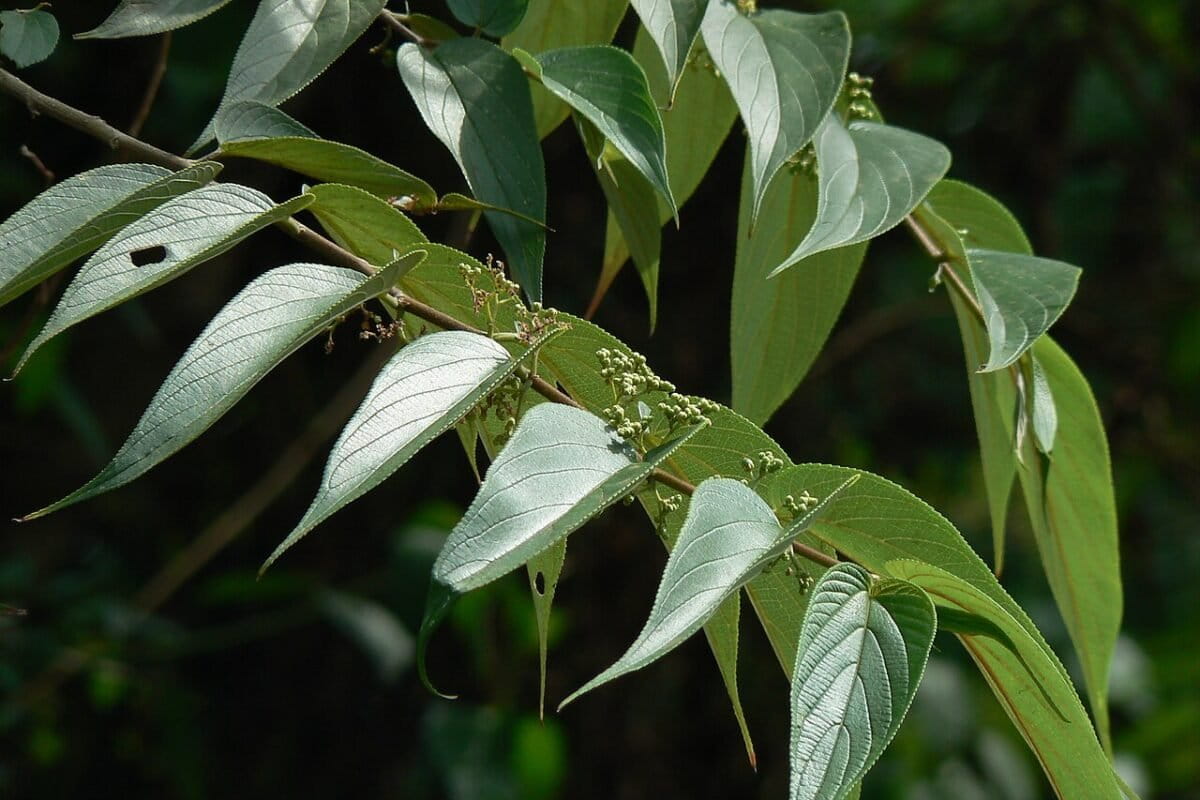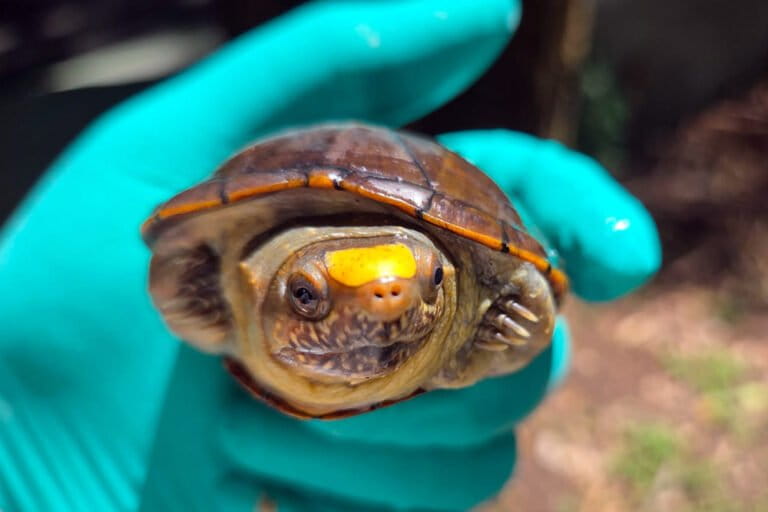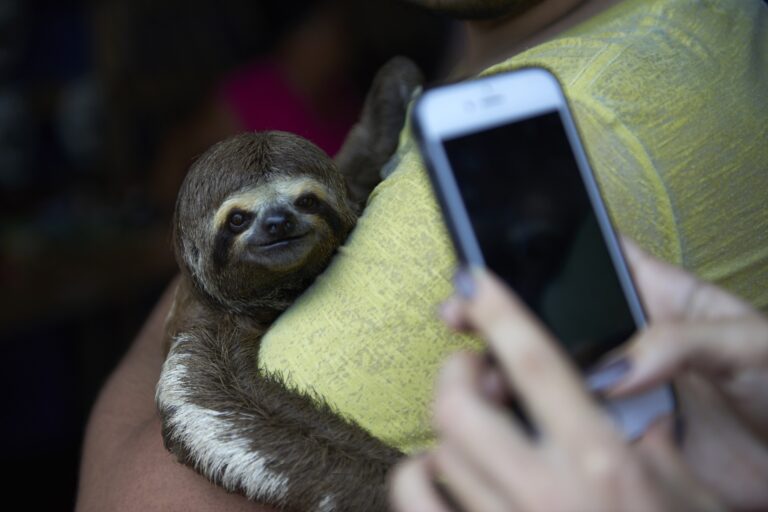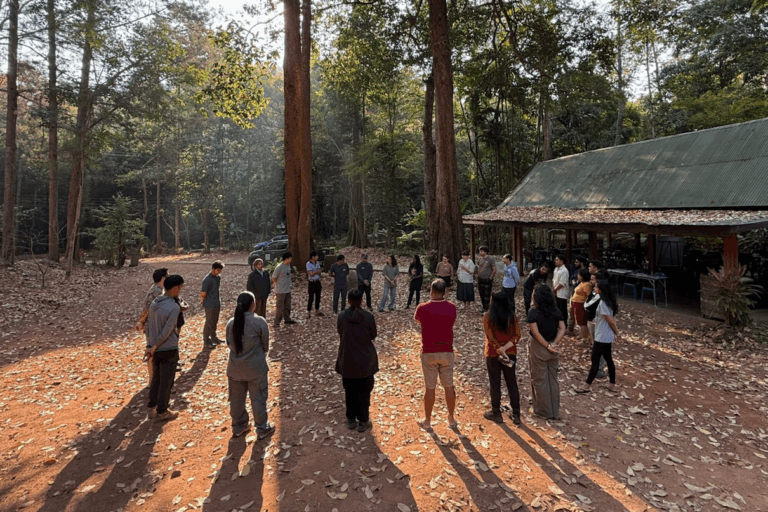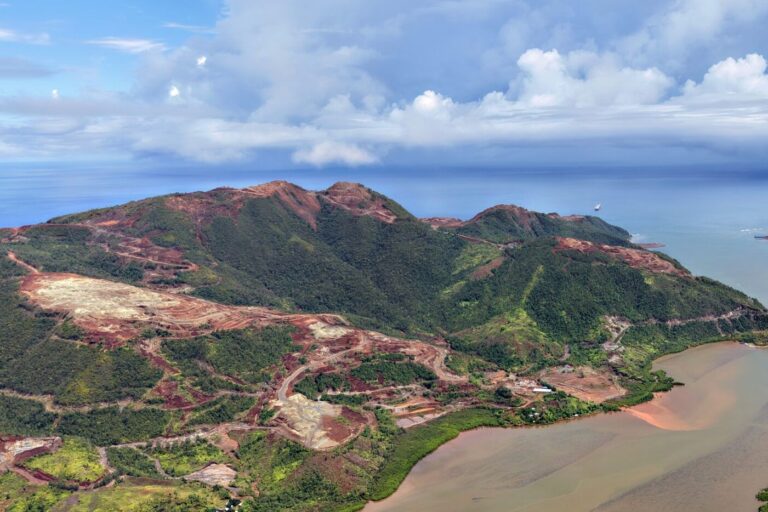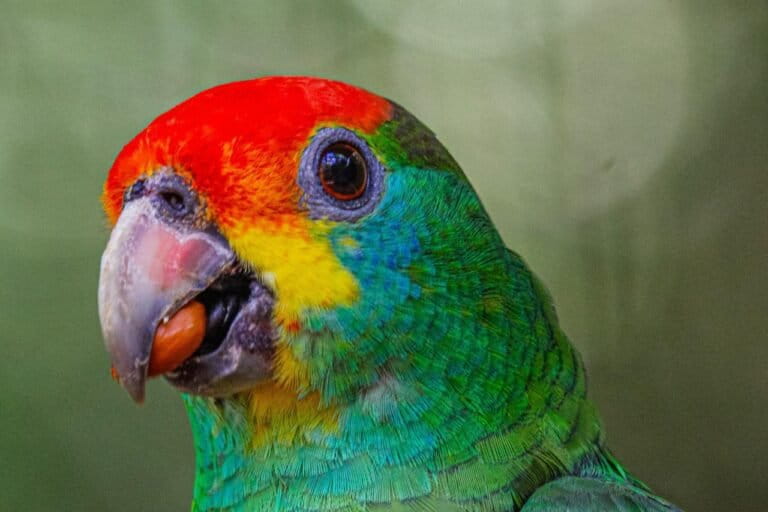In rare good news for vultures in Africa, conservationists have confirmed the first-ever nest of a hooded vulture containing a chick in KwaZulu-Natal, a province in southeast South Africa. That marks the southernmost recorded nesting site of the critically endangered vulture species, according to KwaZulu-Natal-based nonprofit Wildlife ACT.
“It gives us as conservationists some new hope, because mostly we get negative news when it comes to vultures,” Anel Olivier, species conservation director and vulture specialist at Wildlife ACT, told Mongabay by phone. “It also confirms a larger or a more southern distribution of breeding birds, which is significant in terms of our conservation strategies.”
The discovery of the active hooded vulture (Necrosyrtes monachus) nest came during an aerial survey of vulture populations in Zululand in KwaZulu-Natal, conducted every five years by a few conservation organizations.
For a decade, conservationists have spotted hooded vulture adults and pairs of the birds in Zululand and suspected the species breeds and nests in the area. However, the nests remained elusive as they’re particularly difficult to spot, since the birds roost beneath the tree canopy, Olivier said.
“It is indeed good news that the suspicion that Hooded Vulture is breeding in Zululand has now been confirmed,” André Botha, co-chair of the Vulture Specialist Group at the IUCN, the global wildlife conservation authority, told Mongabay by email. “The discovery signifies a substantial southward expansion of the breeding range for the species from the southern Kruger National Park to Zululand and is a development worth celebrating,” added Botha, who wasn’t involved in the recent survey.
During this year’s survey, conservationists also found a slight increase in nests of the endangered lappet-faced vulture (Torgos tracheliotos) in Hluhluwe-iMfolozi Park, and growth in some colonies of the critically endangered African white-backed vulture (Gyps africanus). However, they didn’t find any nests of the critically endangered white-headed vulture (Trigonoceps occipitalis); its nests were last seen in 2018.
Vulture monitoring has intensified in the Zululand region in recent years, with conservationists deploying ground-surveying teams, setting up camera traps at feeding sites, and tracking vultures with tags.
More surveys may now be needed to identify further hooded vulture nests, Olivier said. In KwaZulu-Natal, vultures face various threats including intentional poisoning, hunting for traditional medicine, electrocution and collisions with power lines, and lead poisoning.
However, this recent discovery indicates that some conservation initiatives are bearing fruit, Olivier said. She added conservationists hope it will also spur increased protection for all threatened vultures in the region.
The hooded vulture nest in KwaZulu-Natal was found on private land, and Olivier said discussions are ongoing with the landowner to ensure the nest remains undisturbed. “Hopefully next year we can go back there earlier in the breeding season and see if we can find more nests, which will encourage further protection of the area,” she said.
Banner image: A hooded vulture chick in the newly discovered nesting site in KwaZulu-Natal. Image courtesy of Wildlife ACT.





